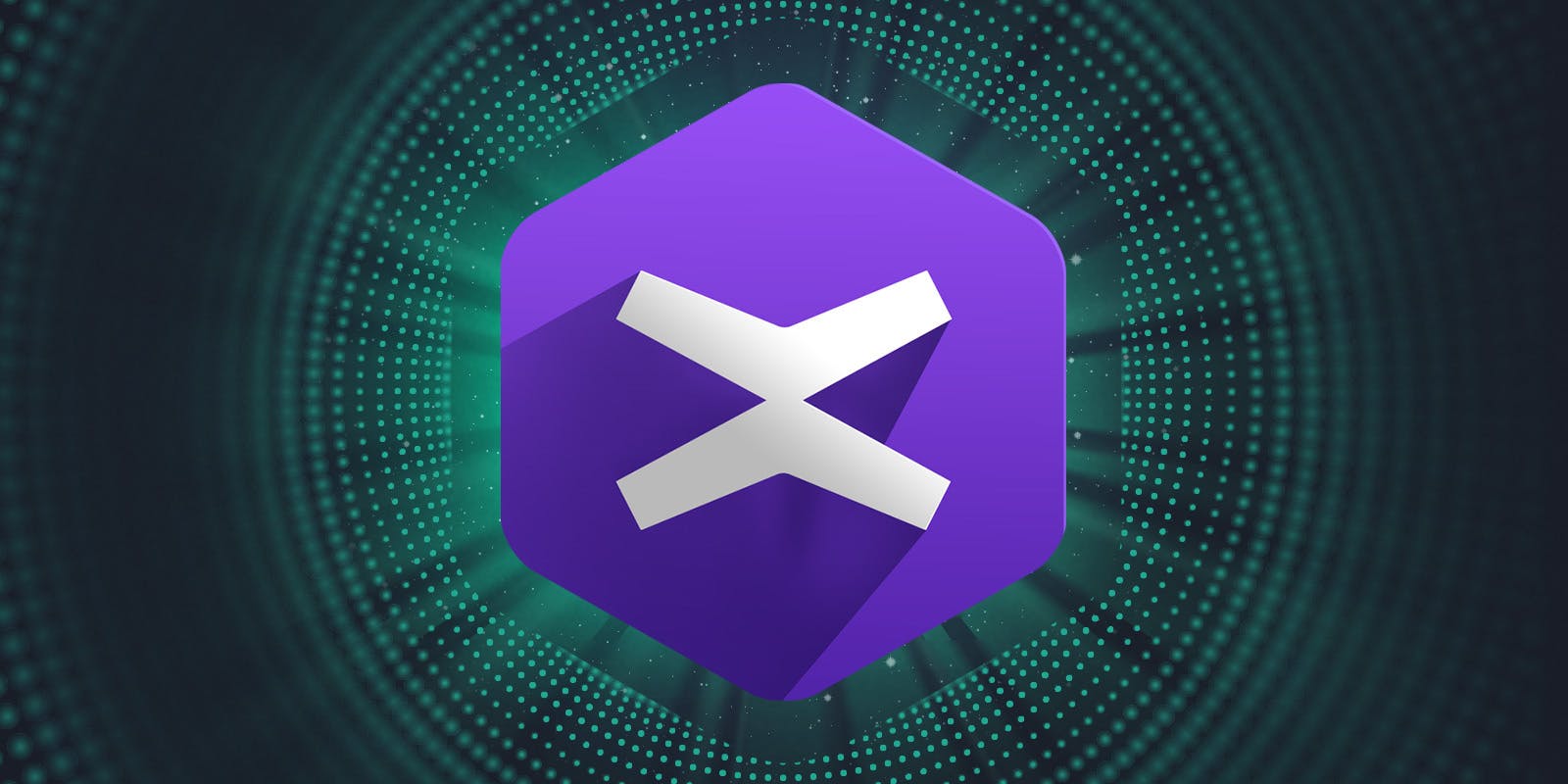What is xMoney (UTK)?
xMoney (UTK) (formerly known as Utrust) was designed to provide a solution to the problems resulting in low usability of cryptocurrency as means of payment, particularly the underdeveloped transactional security of payment platforms and relatively high fees.
The main goal of the platform is to build a system that will enable fast and seamless crypto transactions at lower fees, therefore allowing merchants to reach a large audience of crypto holders.
The platform allows buyers to make secure purchases while also offering an option for refunds and protecting sellers from the high volatility of the crypto market .
xMoney also aims to create a more reliable payments platform by combining the best features of blockchain and traditional fiat systems.
By leveraging cutting-edge technology and a strategic partnership with MultiversX, xMoney empowers individuals and businesses to optimise their payment processes, drive growth, and deliver exceptional experiences to their customers. With its commitment to innovation and excellence, xMoney continues to lead the way in transforming the financial industry.
xMoney (UTK) native token and its tokenomics UTK 3.0 primary purpose is to drive desired behaviours, such as accepting crypto and fiat for businesses and facilitating payments with the same for users. This encourages more companies to join the ecosystem, creating a flywheel effect that benefits buyers, users, investors, token holders, and businesses. The adoption of decentralised financial tools and currencies is further fostered through this collaborative approach.
In brief
- UTK is an ERC-20 token, secured by the Ethereum blockchain.
- It is a highly liquid token capable of surpassing $300M of market cap.
- Some UTK is burned every time a transaction happens.
- The company is competing with PayPal.
The UTK token
The xMoney platform supports different digital currencies and its native token, $UTK, which is built on the Ethereum blockchain. Utrust users can make payments for goods and services without an exchange rate fee if they are paid in the UTK token. Since a portion of the UTK token is burned with every transaction, the total supply of UTK decreases, causing a reduction of circulating supply. The more transaction throughput, the better the token performs.
Out of the total supply of 500 million UTK, 450 million coins are in circulation as of November 2017, sold in the public offering. The remaining 50 million coins have been locked until 2022 in order to slow the effect of inflation and increase price growth. And since xMoney’s smart contract doesn’t allow mining, the total supply will never increase.
xMoney’s main features
- Instant conversion from crypto to fiat.
- Token-burn system decreases UTK supply, increasing token performance.
- Buyer protection system similar to traditional payment rails.
- Significantly lower fees than traditional payment rails.
- No chargebacks.
- On-chain payments for multiple blockchains.
- Payments support for any wallet in the world.
- Plugins and integrations with all major e-commerce platforms.
How does it work?
xMoney transactions begin with buyers first searching for merchants that accept cryptocurrencies. Through a merchant’s website, they can see if xMoney is an integrated application.
At this point the buyer is charged a total payment fee that covers a 1% commission and conversion fee. This is used to convert crypto into fiat with their own conversion rates.
Once the purchase is complete, the fiat money is held in escrow (a contractual agreement) and is only released after a holding period (pending a dispute in the transaction).
Finally, the seller receives the payment in fiat currency which he can withdraw or convert to other cryptocurrencies.
Conclusion
xMoney attempts to combine the best of blockchain and traditional finance with the consumer in mind. To do this, the company uses a robust tokenomic system with a clear incentive structure and third-party consumer protection mechanisms that it borrows from traditional finance.
Cryptocurrencies are often accused of having no intrinsic or practical value, but UTK takes that criticism to task as the payment platform aims big in its attempt to dethrone PayPal and other payment giants.
